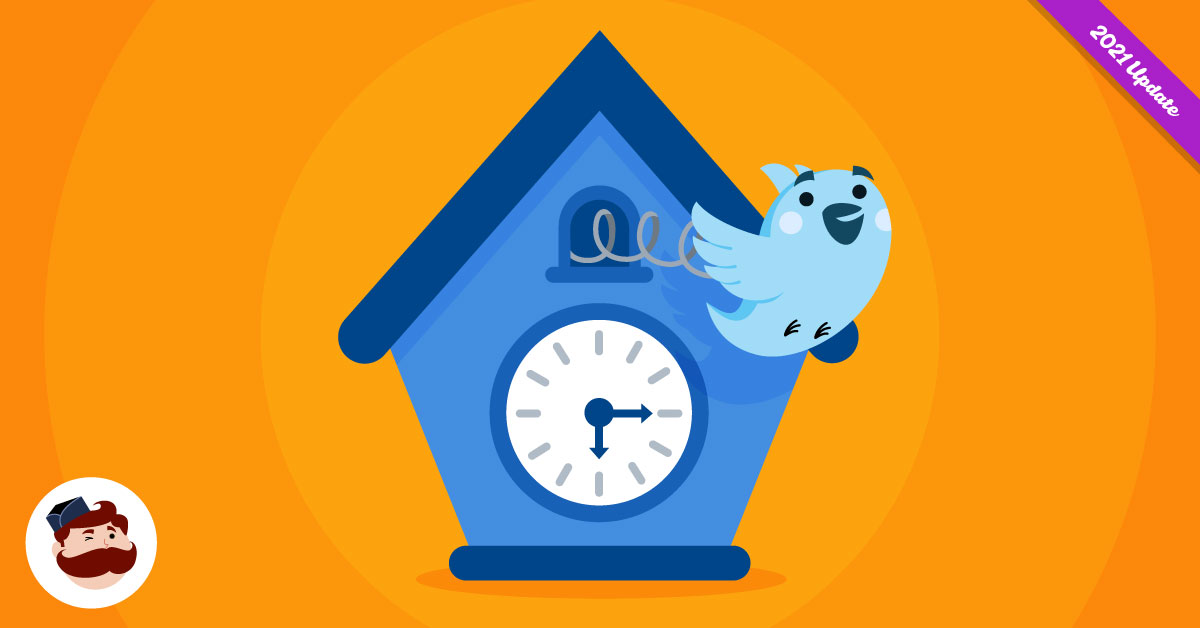When your business, book or podcast needs additional support, sponsorship can make a huge difference. Not only do corporate sponsors offer the capital to help you forge ahead, their backing brings new contacts and exposure to new audiences that can take your project to the next level.
But it’s not as simple as reaching out to a company you want to collaborate with and putting their name on your website in exchange for cash. To work, sponsorship has to deliver a return on investment for the sponsor and value to your fans. In that sense, you need to look at it like selling a product.
In this guide, we’ll show you the steps to take to get sponsorship. You’ll learn how to create a sponsorship strategy and get in contact with prospects. We’ll also show you what to do after deals end to secure long-term partnerships with backers.
Regardless of whether you’re seeking sponsorship for a product, event, book, or podcast, the overarching aim of attracting corporate sponsors remains the same:you need sponsors that engage your audience.
If your audience isn’t interested in a sponsor’s product or service, then putting their name to your offer won’t deliver the ROI they’re looking for, ruining any chance of a long-term partnership.
Take This Week in Startups, for example. Their podcast is all about discussing the startup news that matters. Among their sponsors, you’ll see names like LinkedIn, Fiverr, and Notion. All companies that This Week in Startups’ audience of entrepreneurs, company founders, and marketers would be interested in.
Put these same names on a sports podcast like Pardon My Take, and they may well fall flat.
A well-thought-out strategy lays the foundations for your sponsorship efforts in the same way a marketing strategy guides your marketing campaigns. It ensures you’re targeting the right companies with an offer that makes sense for both parties.
A sponsorship strategy should cover five areas:
- Assets
- Audience data
- Asset valuation
- Activations
- Market identification
1. Assets
Your assets are what you can offer to a sponsor to get them in front of your audience.
Your most obvious asset is the product itself. But it pays to think beyond that. Look at every point of contact with your audience as a potential asset, and build an inventory that can be put to sponsors.
This might include things like:
- Website
- Social media banners and content
- Newsletters
- Digital and traditional media advertising
- Naming rights of a building
- Event sponsorship
- Speaking opportunities
- Exhibitor opportunities
- Access to influencers
As well as what you already have, think about the assets you’ll be building with corporate sponsorship funding.
For example, if you’re publishing a book you might run a book tour that allows sponsors to access physical audiences. Or you might create an event or course related to your product that sponsors can attach their names to.
As you build out your list of assets, do it with your audience in mind. If what you’re producing resonates with consumers, it will appeal to sponsors.
2. Audience data
Sponsors will have different reasons for backing your…
Continue reading here
 ‘ + data.settings.title + ” : ” }}} ]]>
‘ + data.settings.title + ” : ” }}} ]]>







